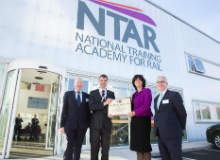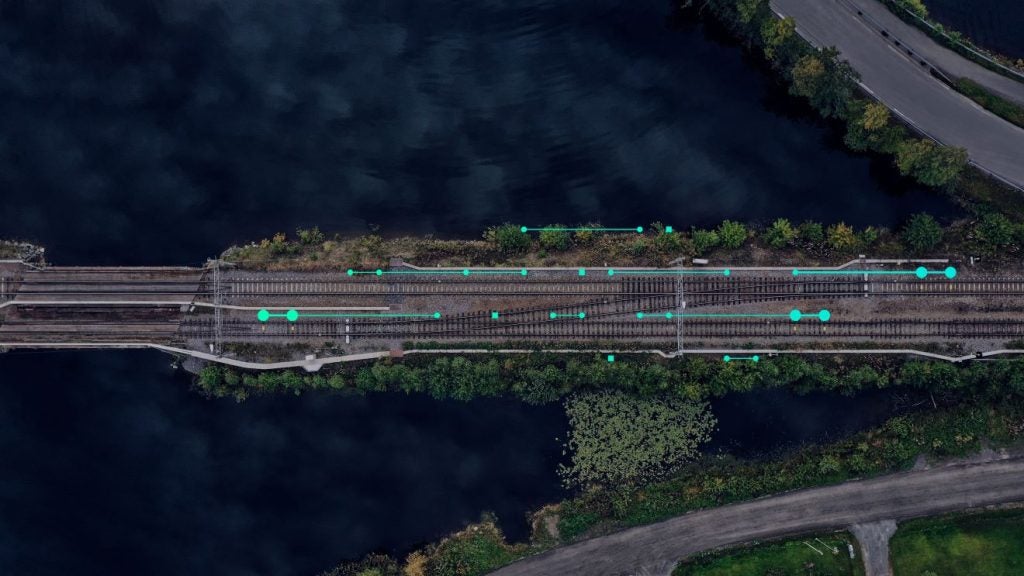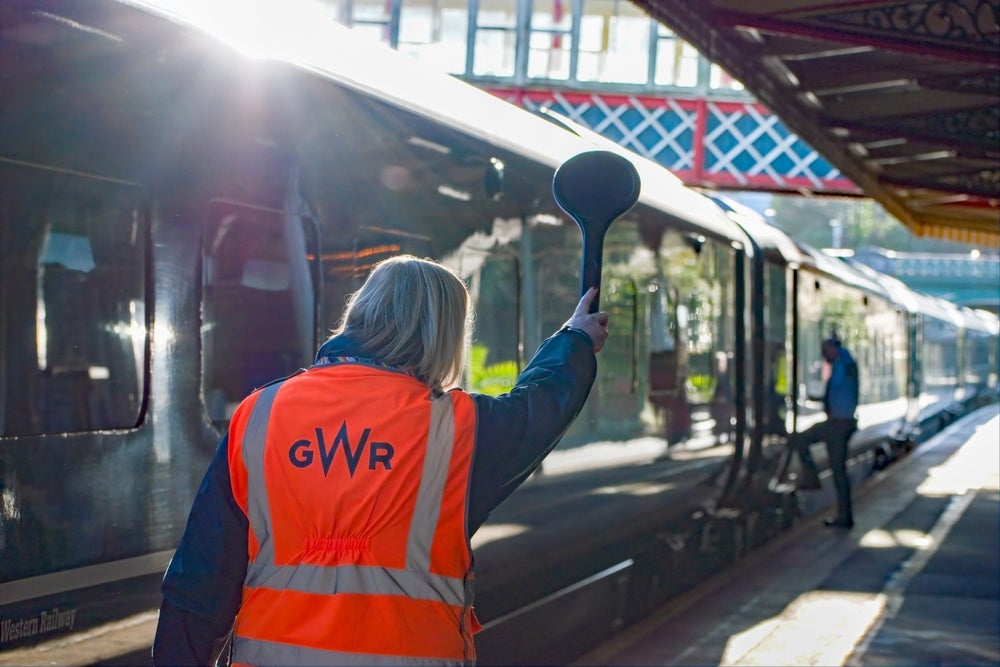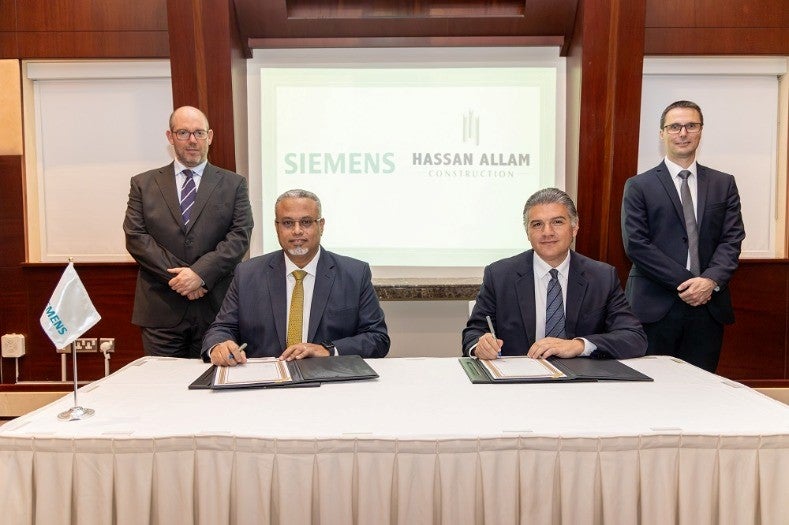
In 2009 the UK was in desperate need for economic stimulus. Demand had slumped, business confidence too, and in September of that year unemployment had risen to the highest level in 14 years, 7.9%. The country’s railway infrastructure was in serious need of upgrade anyway, so why not put people to work by doing it now?
After a lot of deliberation and much stopping and starting, January 2012 saw approval granted to HS2, a high-speed rail link connecting London, Birmingham, the East Midlands, Leeds, Sheffield and Manchester at a cost of £42.6bn over the period up to 2032. That same year, in July, the government announced a complementary works programme, £4.2bn-worth of rail electrification investment in lines all over England and Wales.
The numbers involved show the government is serious about rail infrastructure projects, but a few obstacles stand in the way of realisation. One of the most significant, according to a 2013 report by the National Skills Academy for Railway Engineering (NSARE), is the growing difficulty of recruiting enough qualified, experienced staff to replace those on the way out.
The report, based on a data sample of 44,000 people from 51 companies, found that the most serious problems are to be found in the traction and rolling stock department, where an estimated 20% of the workforce is over the age of 55. Around 30% of the current workforce in traction and rolling stock and nearly as many in electrification and plant may need to be replaced in the next five years. In the track department almost half of all workers are semi-skilled, which could well be a hindrance to realising the 200 projects on which the rail industry plans to spend more than £25bn between now and 2019.
Success could lie in academy education
Later, in October 2015, the National Training Academy for Rail (NTAR) opened its doors. A Northampton-based joint venture between NSARE, the Department for Business, Innovation & Skills, and the Department of Transport and Siemens. The facility’s aim was to use cutting-edge digital, 3D and virtual reality (VR) technology to give railway workers of the future the skills they need. The three government bodies put a combined £7m towards the project, with Siemens contributing the other £7m.
A year down the line and NTAR general manager Simon Rennie is happy with the progress made so far. The Academy currently teaches 100 young learners (apprentices, interns and graduate schemers) and 200 railway workers looking to upgrade their skills. It has offered 20,000 man days of training and acts as a hub for regional offshoots located in Ardwick, Three Bridges, Hornsey and Northam.
How well do you really know your competitors?
Access the most comprehensive Company Profiles on the market, powered by GlobalData. Save hours of research. Gain competitive edge.

Thank you!
Your download email will arrive shortly
Not ready to buy yet? Download a free sample
We are confident about the unique quality of our Company Profiles. However, we want you to make the most beneficial decision for your business, so we offer a free sample that you can download by submitting the below form
By GlobalData“[It’s been about] getting the message across to industry that we’re open for business, that we’ve got a great range of offers and that we can deliver strongly in terms of our facilities, content and channels,” says Rennie.
“We’ve in effect been a start-up business, so building relationships and awareness has been central to where we have focused. An emphasis on delivering top-quality apprenticeships to new standards has also been a close focus and we’re now delivering the new Trailblazer standard in rail engineering.”
Virtual reality to enhance the manual
NTAR’s model is based around building partnerships, with the companies that send their employees for training, with the colleges that teach the academy’s apprenticeship schemes across the country and with the companies who provide its technology and help it update its course materials.
Some of the most interesting pieces of technology are in the realm of VR, including an Oculus headset developed by technology provider PAULEY, which allows students to familiarise themselves with onboard systems through interactive 3D models. It is also hopeful that VR can take the most seemingly uninteresting aspects of the business, such as learning about different types of wire or bolts, and make them more interesting and interactive. At the same time, every component you might find on a train is there in physical form, including an electrification room fitted with switchgears, RTU battery chargers and overhead line equipment.
“NTAR’s objectives are two-fold – to backfill existing staff who are leaving the industry and to upskill into the digital arena in particular,” he says.
“To that end we have the majority of the major components that you will find on board contemporary rolling stock, with a particular focus on electric multiple units, supplemented by a VR suite. Covering digital, we have a telecoms suite that we built in partnership with ADComms that provides for much of the digital comms equipment you’ll find lineside, onboard a train or installed at a station, as well as our ERTMS design and test rig.”
Partnerships key to maintaining tech edge
NTAR has negotiated its first year pretty well and the second is likely to see more of the same – continuing to get the word out to potential students and building relationships with industry partners. NTAR maintains close relations with universities and colleges to try to get an idea for how technology might develop and has an innovation fund on hand to invest in new equipment and knowledge when it reaches maturity.
“We simply have to keep talking to our customers,” says Rennie.
“We put a lot of effort into events and industry engagement and stay close to sponsors of major programmes within the industry so we understand not just the technology but also how it is applied and what competencies are required…Equally, the technology of learning is also vital for us to engage learners in the right way – for this we have great specialist providers and we are currently looking at how we can deploy hand-tracking VR and augmented reality to supplement our current touch screen CAD and VR channels.”
The numbers recruited so far, particularly of young learners, are very heartening. Hopefully, in the long-run, the combination of hands-on training and high technology offered by NTAR will help significantly to close the railway industry’s ever-widening demographic gap and help turn a long list of proposed projects into a golden age for rail in the UK.








Related Company Profiles
HS2
SKILLS INC
Pauley
Siemens AG